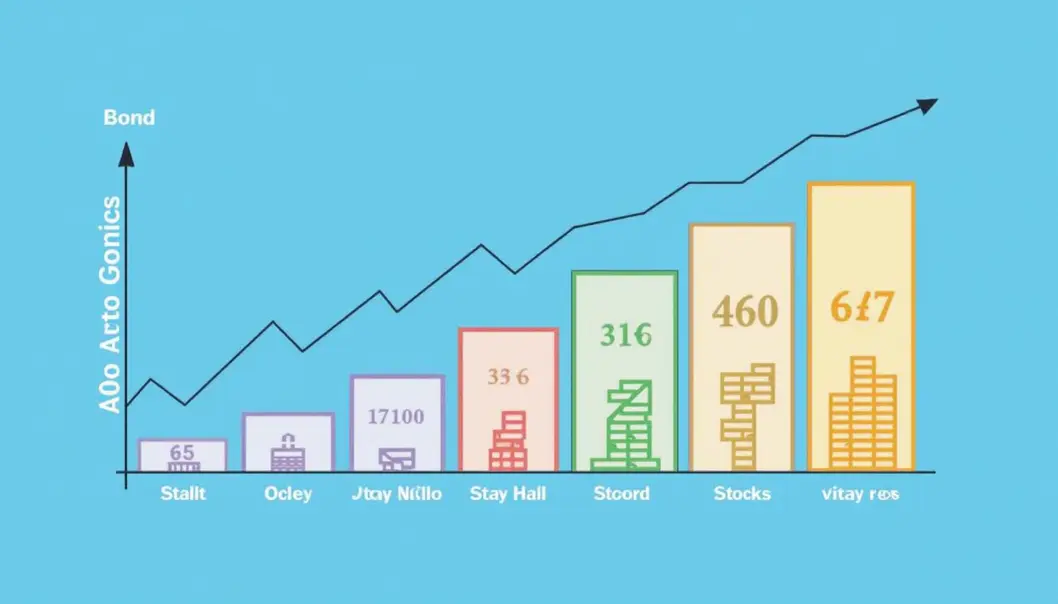Maximizing your 401(k) is crucial for families looking to secure a stable financial future. Understanding the strategies for growth—such as starting early, maintaining a balanced portfolio, and leveraging tax advantages—can empower you to build a robust retirement fund. Each aspect discussed, from consistent contributions to diversification, plays a key role in the overall performance of your 401(k). Properly managing risk while seeking growth is essential, especially for those balancing financial responsibilities like children’s education and housing. By adhering to sound investment principles and making informed choices, families can enhance their 401(k) growth and enjoy greater peace of mind as they approach retirement.
Maximizing Your 401(k): Tips for Growth Through Diversification and Risk Management
To maximize your 401(k) growth, diversification and risk management play pivotal roles in your investment strategy. Understanding how to balance these elements can lead to a more secure financial future. Let’s delve into these crucial aspects and explore actionable tips to enhance the performance of your retirement portfolio.
Diversify Across Asset Classes and Regions
A primary strategy for maximizing your 401(k) is to diversify your portfolio across various asset classes. By spreading your investments among stocks, bonds, and alternative assets such as real estate or commodities, you significantly reduce your dependency on any single investment. This tactic not only mitigates risk but also helps insulate your portfolio against fluctuations in market conditions.
Including international assets in your diversification strategy allows you to capture growth opportunities outside your domestic market. Different economies can behave differently during economic cycles, and being exposed to international markets can provide a buffer during downturns. For instance, when the U.S. market experiences a dip, international stocks might perform better, thus offsetting some losses.
Align Investments with Your Goals and Risk Tolerance
Defining your financial goals is essential when crafting your investment portfolio. Assessing your risk tolerance is equally important. Everyone has a comfort level when it comes to investment risk; knowing where you stand can guide your investment choices. Consider life events such as marriage, the birth of a child, or nearing retirement—these can influence both your financial goals and risk appetite.
It’s advisable to reassess your risk tolerance regularly, especially after significant life changes. Ensure that your portfolio continues to match your current situation and future aspirations. By doing this, you maintain alignment between your investments and your financial objectives.
Use Investment Tools That Facilitate Diversification
Utilizing low-cost index funds or exchange-traded funds (ETFs) can help achieve broad market exposure effortlessly. These investment vehicles provide a diversified investment across various sectors without the need for actively selecting individual stocks. For example, a broad market index fund may encompass thousands of companies across multiple sectors, giving you well-rounded exposure to the economy.
In the realm of fixed-income investments, consider options like dynamic multi-sector bond ETFs. These can stabilize your portfolio by balancing exposure across various fixed-income sectors, which can help cushion your investments during times when equities are underperforming.
Regularly Review and Rebalance Your Portfolio
To maintain the target risk levels in your portfolio, schedule annual reviews. This practice allows you to evaluate whether your asset allocation continues to align with your investment goals and risk tolerance. Rebalancing your portfolio periodically is crucial. This means selling off some of the assets that have appreciated significantly and reinvesting in those that may have lagged.
By locking in gains from outperforming assets while also buying undervalued assets, you ensure that your portfolio remains balanced over time. Rebalancing not only helps maintain risk levels but also optimally positions you for future growth.
Adjust Allocation as You Age
As you approach retirement, it becomes increasingly important to shift towards more conservative investments. A gradual change to a larger allocation in bonds and cash equivalent assets can protect your accumulated wealth from sudden market downturns. Adopting a more cautious stance helps secure your savings, ensuring you have sufficient capital as retirement approaches.
Many experts recommend a common rule of thumb: decrease your stock allocation by a certain percentage for every decade approaching retirement. This ongoing shift can safeguard your investments while allowing you to still benefit from potential growth, albeit at a more tempered level.
Avoid Emotional Decisions
Investment markets are prone to volatility, and it’s paramount to remain disciplined through these fluctuations. Emotional reactions can lead to rash decisions, such as panic selling during a downturn or chasing hot trends that may not align with your overall strategy. Instead, commit to a regular review and rebalancing schedule to help maintain a level-headed approach. A disciplined investor can weather the storms and benefit from a long-term investment strategy.
By adopting these principles—diversifying, aligning with personal goals, utilizing efficient investment vehicles, rebalancing, adjusting allocations over time, and staying disciplined—you can maximize the growth potential of your 401(k). Diversification and risk management are not just strategies for today; they are essential components of a robust financial foundation for your retirement future.
Incorporating these techniques into your 401(k) management strategy ensures you’re not only preparing for retirement but also actively engaging in growing your savings. Understanding your investments, making informed decisions, and leveraging tools that facilitate effective management can lead to greater financial security in retirement.
Final thoughts
In summary, enhancing your 401(k) growth as a family involves a multi-faceted approach to investing. By starting early, maintaining diversified and balanced portfolios, and minimizing emotional investment decisions, you can build a secure retirement fund. Remember to capitalize on employer matches and tax benefits, as they significantly contribute to overall savings. Taking control of your 401(k) doesn’t just prepare you financially; it fosters a higher quality of life for your family in the long run.
Subscribe for more tips on retirement planning
Learn more: https://savemawallet.com
About us
Subscribe for free to gain exclusive insights and strategies on retirement planning, helping families secure a brighter financial future.


Leave a Reply
You must be logged in to post a comment.